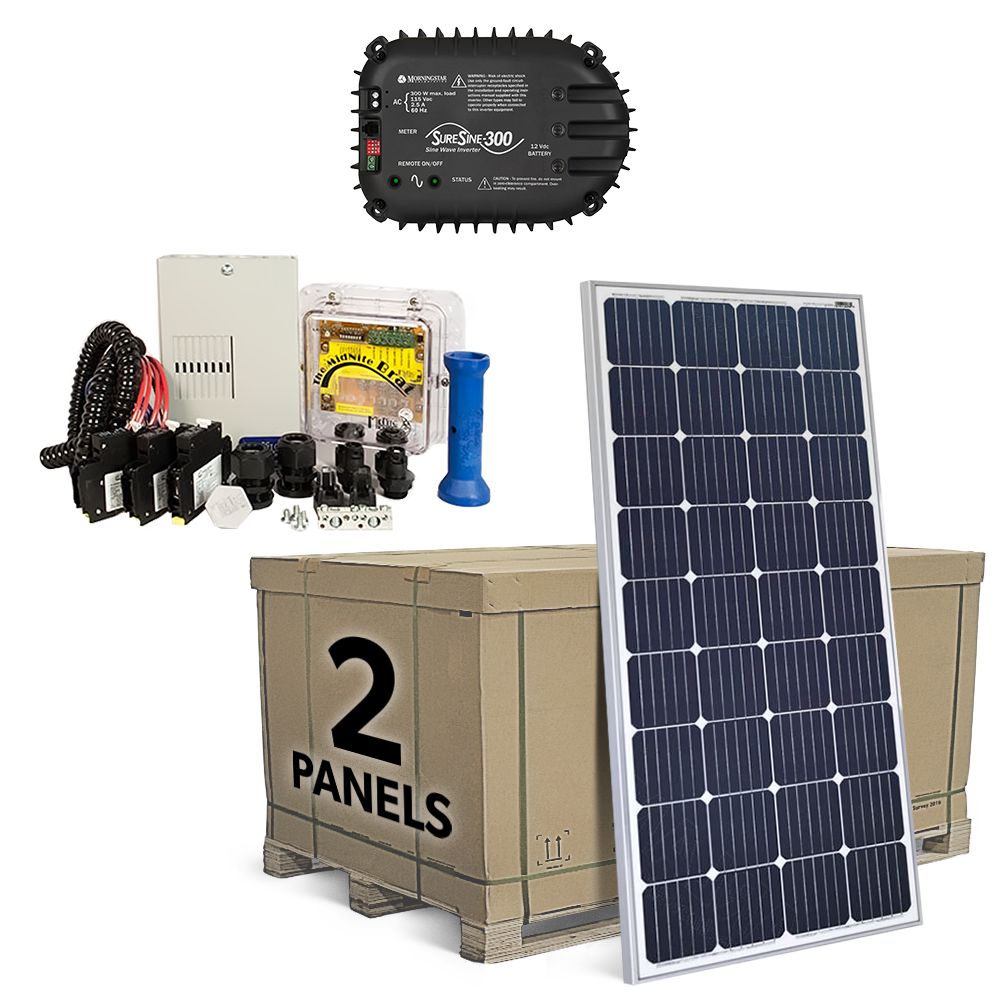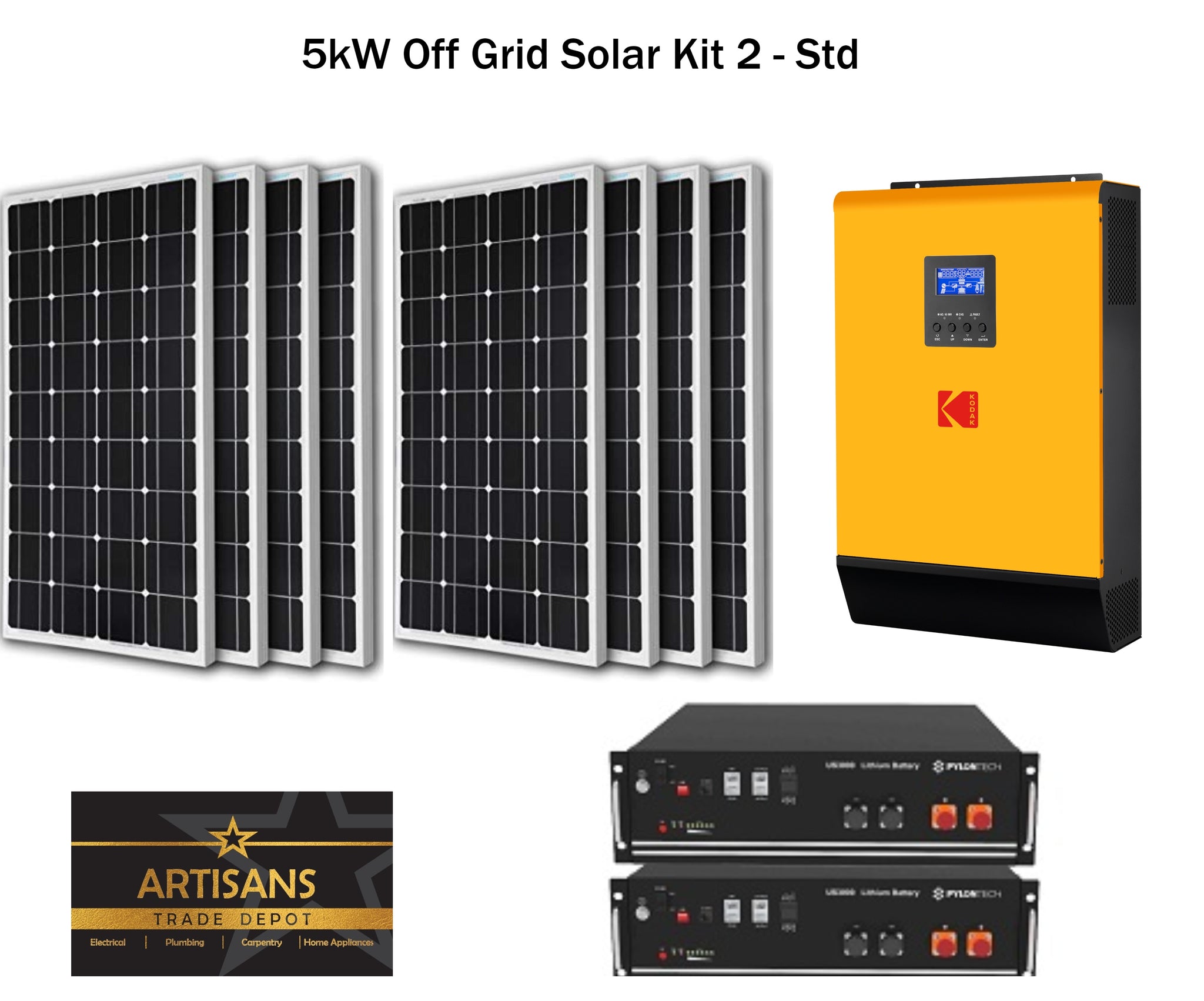

Controls the flow of current to and from the battery, to protect it from over charging after reaching the required voltage within the battery (eg protect against boiling the electrolyte). DIY Off-grid Solar system components in brief The Charge Controller for DIY off-grid solarĪ high-quality solar charge regulator is the most important component within the off-grid solar systems. The general rule for a DIY Off-grid Solar Power System: the simpler the system, the better. The size of the gen-set (measured in kVA) should to be adequate to supply your house and charge the batteries at the same time.
Off grid solar systems generator#
For times of the year when the batteries are low on charge and the weather is very cloudy you will generally need a backup power source, such as a backup generator or gen-set. When your solar system is not working (night time or cloudy days), your appliances will draw power from the batteries.

Once the battery bank is full it will stop receiving power from the solar system. Once solar power is used by the appliances in your property, any excess power will be sent to your solar battery bank. In an off-grid system there is no public electricity grid. This description is for an AC coupled system, in a DC coupled system power is first sent to the battery bank, then sent to your appliances. There are different types of off-grid systems which we will go into more detail later, but for now I will keep it simple. However battery costs are reducing rapidly, so there is now a growing market for off-grid solar battery systems even in cities and towns. The higher of batteries and inverters means off-grid power systems are much more expensive than on-grid systems and so are usually only needed in more remote areas that are far from any electricity grid.

Basics about off-grid solar PV systems Basics About DIY Off-Grid Solar Power Systems


 0 kommentar(er)
0 kommentar(er)
